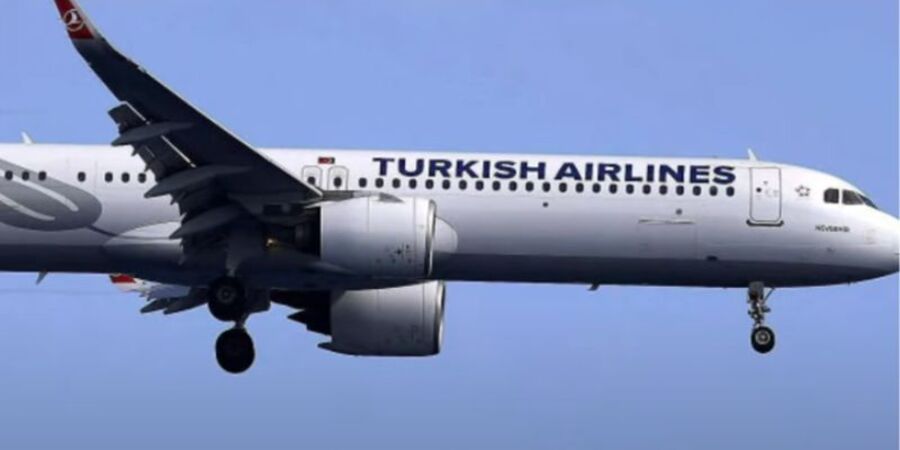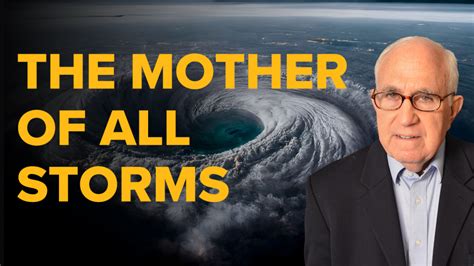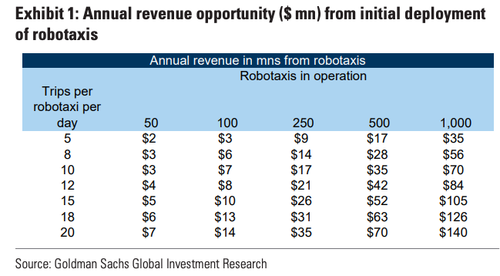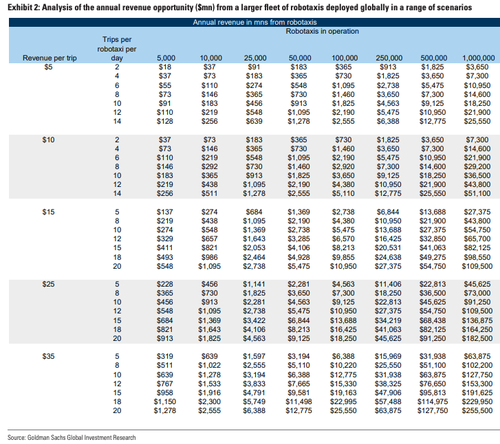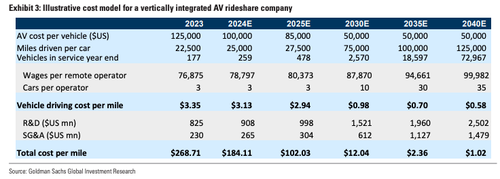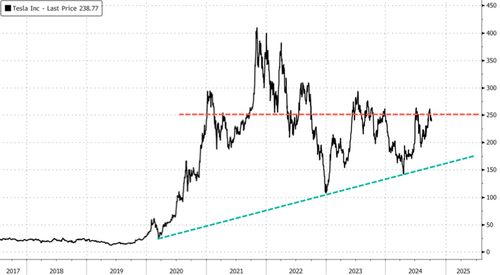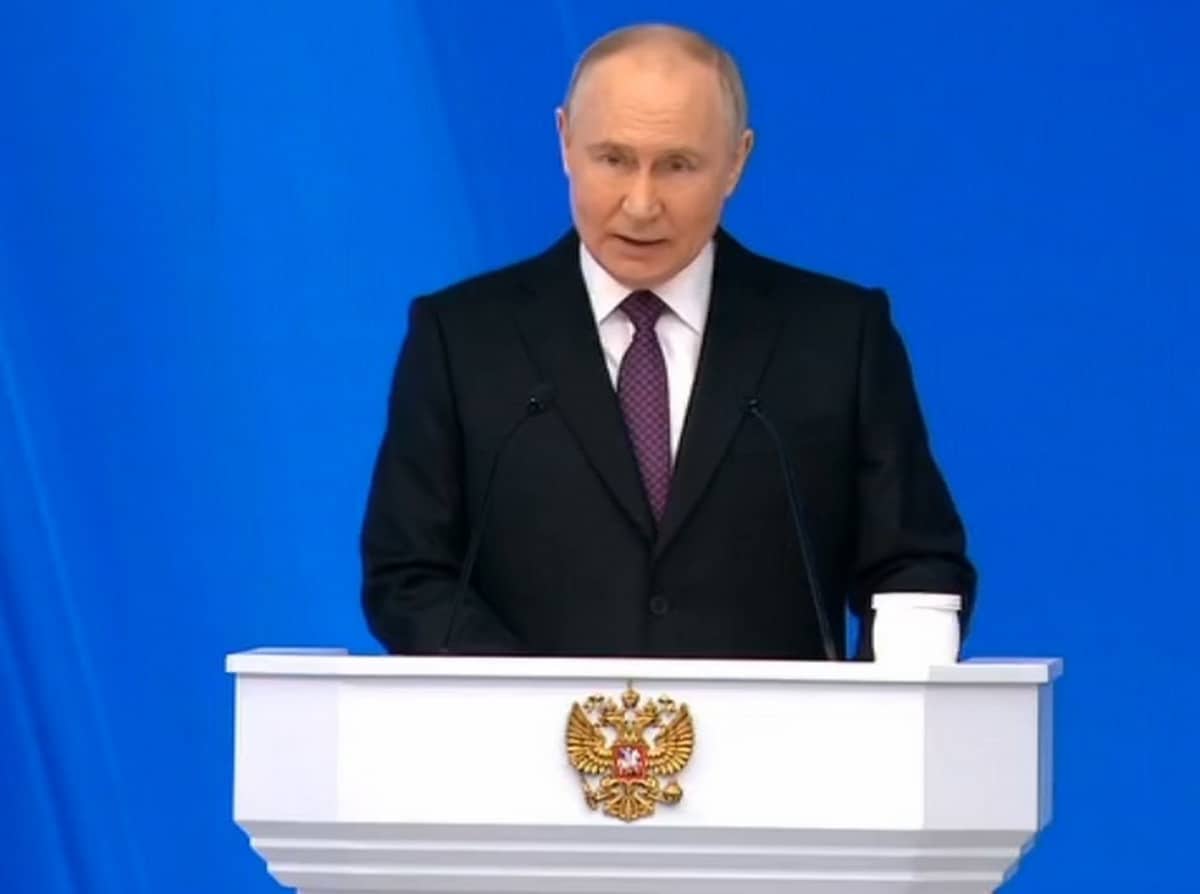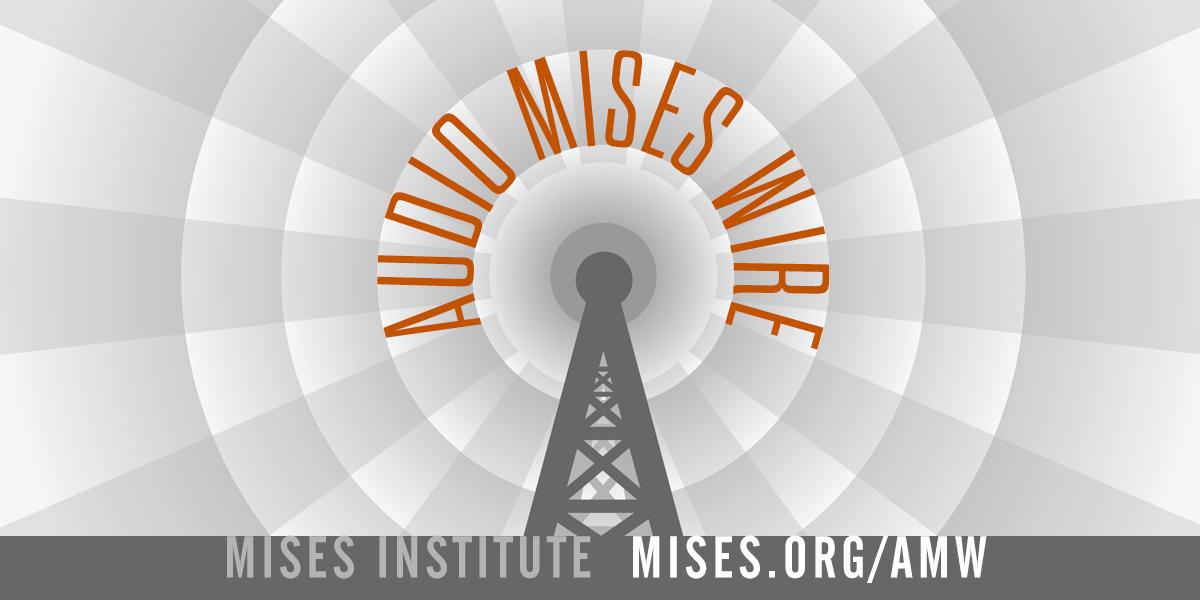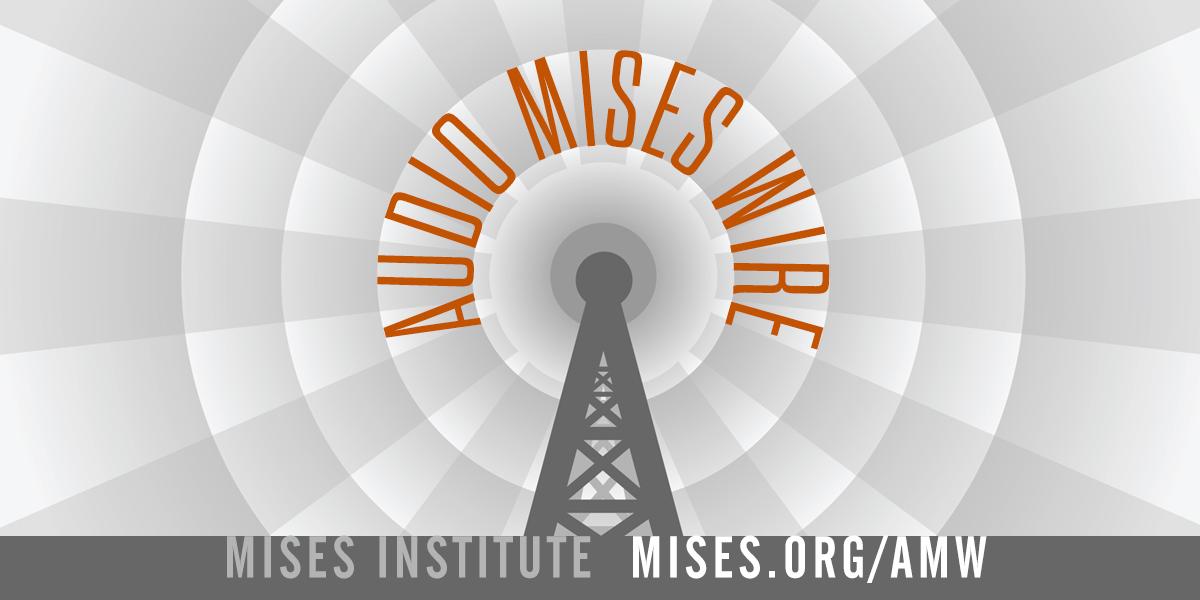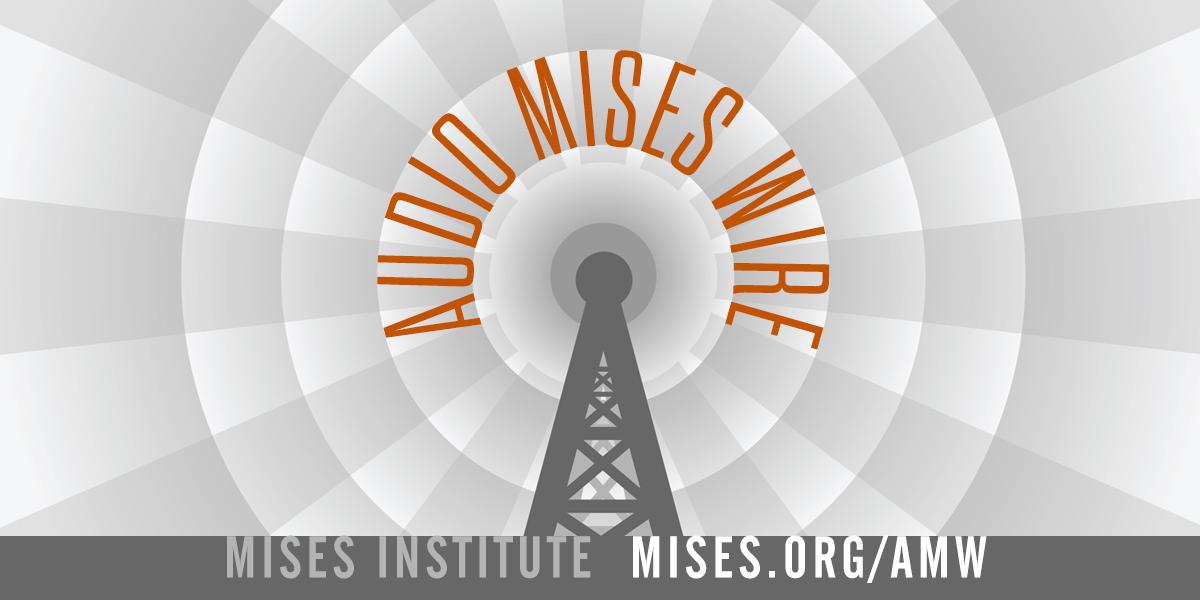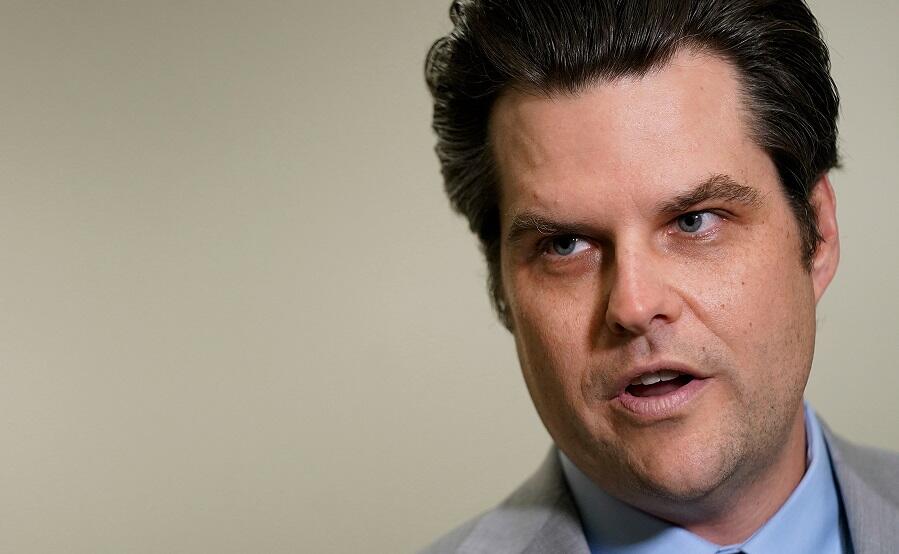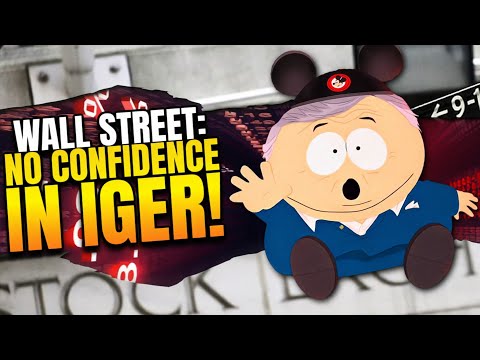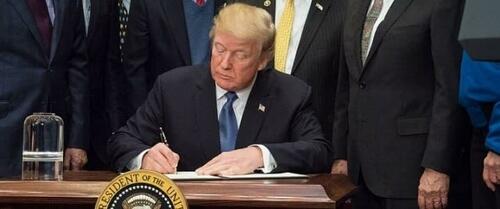LIBBY EMMONS: White liberal worship of Ta-Nehisi Coates blinds them to his reverence of race-based terrorism
Two men actually had a conversation. One man could lose his job over it.
Turkish Airlines pilot dies mid flight from Seattle to Istanbul prompting emergency landing in New York
Ilcehin Pehlivan, 59, was unable to be revived by crewmates after losing consciousness on Flight TK204.
NewsWare’s Trade Talk: Friday, October 11 | NewsWare‘s Trade Talk
S&P Futures are flat to lower ahead of this morning’s PPI print. Markets are also waiting on an announcement out of China that is expected to focus on stimulating domestic consumption. BK, BLK FAST, JPM & WFC all reported earnings beats this morning. Shares of TSLA are down more than 5% after last night’s robo taxi event. In Europe, markets are mixed to higher with Middle East tensions, next week’s ECB announcement and tomorrow China announcement in focus. Oil prices are weakening this morning of more than -0.50% in the pre-market.
The Mother of All Storms Is Fast Approaching
by Harley Schlanger, LaRouche Organization: Zelenskyy and the NATO war hawks, and the war criminal Netanyahu, are demanding a bigger war, when the wars are already lost. Shall all mankind be sacrificed on the altar built by ego and delusion? More voices are speaking out for diplomacy, and for cooperation for mutual benefit. How about you? Are you willing […]
“‘We, Robot’ 10/10 Event”: Wall Street Reacts To Elon Musk’s Big Cybercab Debut
“‘We, Robot’ 10/10 Event”: Wall Street Reacts To Elon Musk’s Big Cybercab Debut
Tesla’s shares stumbled in premarket trading after the company’s long-awaited robotaxi event in Burbank, California. The event showcased the robotaxi Cybercab, the futuristic-looking Robovan concept, and the latest version of the humanoid robot, Optimus.
Just hours after the event, some top Wall Street analysts began weighing in, praising the impressive lineup of new innovative products that will revolutionize transportation and other areas of the economy but noting a lack of technical details.
Robotaxi details pic.twitter.com/AVSoysc6pS
— Tesla (@Tesla) October 11, 2024
Robovan details pic.twitter.com/Pdito0dfRq
— Tesla (@Tesla) October 11, 2024
Optimus is your personal R2D2 / C3PO, but better
It will also transform physical labor in industrial settings pic.twitter.com/iCET3a9pd8
— Tesla (@Tesla) October 11, 2024
A team of Goldman analysts led by Mark Delaney and Will Bryant attended the robotaxi Cybercab.
The analysts said Tesla “demonstrated very strong progress with the Optimus humanoid robot, and we think the Cybercab looked attractive,” but noted, “the lack of data shared on Full Self Driving (FSD) performance, relatively limited details on the robotaxi business plan, and absence of a lower-cost consumer vehicle unveil may be disappointing for some market participants.”
Here are more of their thoughts about Cybercab and Optimus:
Cybercab
Tesla unveiled a two-seat Cybercab vehicle without a steering wheel or pedals/controls, and with winged doors. The company also showcased a Robovan that can carry up to 20 people or could transport goods. Tesla expects to start unsupervised FSD robotaxi operations in Texas and California next year with its currently available models (e.g. 3 and Y) and be in production with the Cybercab in 2026/before 2027 (although the company noted that it tends to be optimistic with timelines).
Given that vehicles are only typically used for several hours per week, Tesla believes that autonomous vehicles can offer 5X or even 10X higher utilization. Importantly on costs, Tesla believes the average operating cost of its Cybercab over time will be ~$0.20 per mile and may be priced at ~$0.30-$0.40 per mile including taxes and other costs. Tesla expects the Cybercab to cost ~$30K or less. Tesla also commented that it plans to over-spec the computer for the Cybercab (AI 5 computer) as the company believes that distributed inference compute can be utilized when the vehicle is not in use. Additionally, the robotaxi will use inductive charging, and Tesla indicated there would be self-cleaning capabilities. Finally, Tesla said one business model could be a person owning a small fleet that they put onto the network. Tesla did not provide other details on its business plan (e.g. scope of the initial deployments, pricing to start, if Tesla will own the early fleet, remote assistance, etc).
The timelines for AV deployment (next year with 3/Y in Texas and California) and with Cybercab (in 2026/by 2027) and lack of incremental FSD performance data will likely leave the debate on how close Tesla is to unsupervised FSD (L4) unresolved.
As we have previously written in our report, “Can new AI technology help accelerate AV deployments? Updating our global ADAS and AV forecast” we believe there is a material long-term revenue opportunity from robotaxis. However, revenues from initial smaller scale deployments would likely be more limited, as we show in Exhibit 1 and Exhibit 2.
We also provide an illustrative cost model for an owned and operated fleet of robotaxis in Exhibit 3. At scale, we believe that Tesla could benefit from lower per mile costs for its vehicle depreciation (e.g. if Tesla can produce a robotaxi at $30k vs a competitor robotaxi at $50k-$75k, at 100k miles per year and a three year useful life, Tesla would have depreciation costs of $0.10/mi vs a standard robotaxi at $0.15-$0.25/mi). This is driven by the volume leverage Tesla already has making cars (with each vehicle already equipped with inference silicon), and its more narrow sensor stack (e.g. no lidar). Tesla said the cybercab will use vision and AI, implying that it may not use radar (and how it would handle operating in certain weather/lighting conditions without a secondary sensor type is something that may remain a debate).
Optimus
The progress with Optimus was impressive in our view especially given where Tesla was just a few years ago. The robots were very life like in several of the movements, and interacted via voice with attendees, danced, and gave out snacks. We had an impromptu conversation with one of the robots which asked us if we’d checked out the snack bar, and when we asked what it would suggest to eat, it said to ask its friend that was actually giving out snacks (which we found to be relatively human like). We expect Optiumus to be a growing part of the Tesla story.
The TAM for higher-end humanoid robots could be >$10 bn in 2030 per research from a report led by our colleague Jacqueline Du. Recall that on its 2Q24 earnings call, Tesla stated that it expects to have limited production of Optimus Version 1 starting early next year for internal Tesla use (and expects to have several thousand produced and deployed by the end of next year), and expects to ramp production and provide Optimus Version 2 to external customers in 2026.
The analysts are “Neutral-rated” on TSLA shares and believe “that Tesla can grow longer term including with FSD.” However, they noted that “headwinds in the auto business” will limit EPS growth in the near term. Their TSLA 12-month price target is $230, based on 65X applied to our Q5-Q8E EPS estimate, including SBC.
Separately, other Wall Street analysts published notes to clients after the event, with many also detailing how Elon Musk and Tesla were light on details (list courtesy of Bloomberg):
Barclays analyst Dan Levy (equal weight, PT $220)
- Tesla’s Cybercab demo was similar to prior sketches, but “the event was light on the details”
- “Consumers able to buy Cybercab, but Tesla also likely planning to operate fleet,” Levy said
- The near-term stock reaction is likely to be sell the news, “as the focus now shifts back to fundamentals – which has been neutral at best”
Baird analyst Ben Kallo (outperform, $280)
- The company did not unveil a lower-cost vehicle which can be manufactured on existing factory lines.
- Investor attention will now shift to auto margins in the near term as the company reports 3Q results on Wednesday
Bloomberg Intelligence analyst Steve Man
- “Tesla will likely need to add steering wheels and pedals to scale its robotaxi production by 2026”
- However, the robotaxi announcement provides a better visibility of the company’s capabilities in affordable cars and autonomy
Citi analyst Ronald Josey
- Tesla’s event clarified the company’s vision and timeline for its robotaxi — leading us to be “incrementally positive on Uber shares as a result”
- “Importantly, details regarding distribution or a potential ride-hailing app for the Cybercab were limited, which leads us to believe it’s still possible that Tesla could partner with Uber for distribution in the future”
Jefferies analyst John Colantuoni
- Tesla’s event is a best-case outcome for Uber as the automaker did not provide verifiable evidence of progress in its self driving technology and it also did not outline the number of robotaxis planned
Morgan Stanley analyst Brian Nowak
- Tesla’s $0.20 cost per mile estimate is in line with expectations, confirming its cost advantage
- “This speaks to TSLA’s current theoretical cost advantage over Uber’s current cars and Waymo”
The market reaction to Thursday’s Tesla event this AM in premarket trading in NYC is simply underwhelming. Shares are down 6%. For the past two years, shares have traded sideways, facing resistance above $250.
Nancy Tengler, the chief executive officer of Laffer Tengler Investments and a Tesla investor who attended the event, told Bloomberg that the only specifics Tesla gave were the $30,000 price tag for Cybercab.
Tyler Durden
Fri, 10/11/2024 – 07:20
Russia, Iran presidents hail ‘close’ views on world affairs
This is a developing story.. check back for updates.
The post Russia, Iran presidents hail ‘close’ views on world affairs appeared first on Insider Paper.
What Does ChatGPT Know about Money?
What does ChatGPT know about money? More than one might think. George Ford Smith asks the AI program some questions about money and gets some surprising answers.
Enough Already: Stop Provoking Russia
The Ukraine war rages on and while the media and political classes repeat the “Putin started it” mantra, the evidence points elsewhere. The US government and its European allies have provoked Russia for years, hoping it would lead to an outbreak of war.
Henri Bergson: The Philosopher of Life and Creative Evolution
While Henri Bergson did not point his intellectual abilities toward politics, lesser men who were unscrupulous commandeered his ideas to promote their own collectivist ideologies.
Does Technical Knowledge by Itself Drive Economic Growth?
Ask most people why our economy is advanced, and they will likely will answer, “Technology.” Yet, technical knowledge is meaningless without capital development, and capital development is impossible without real savings.


